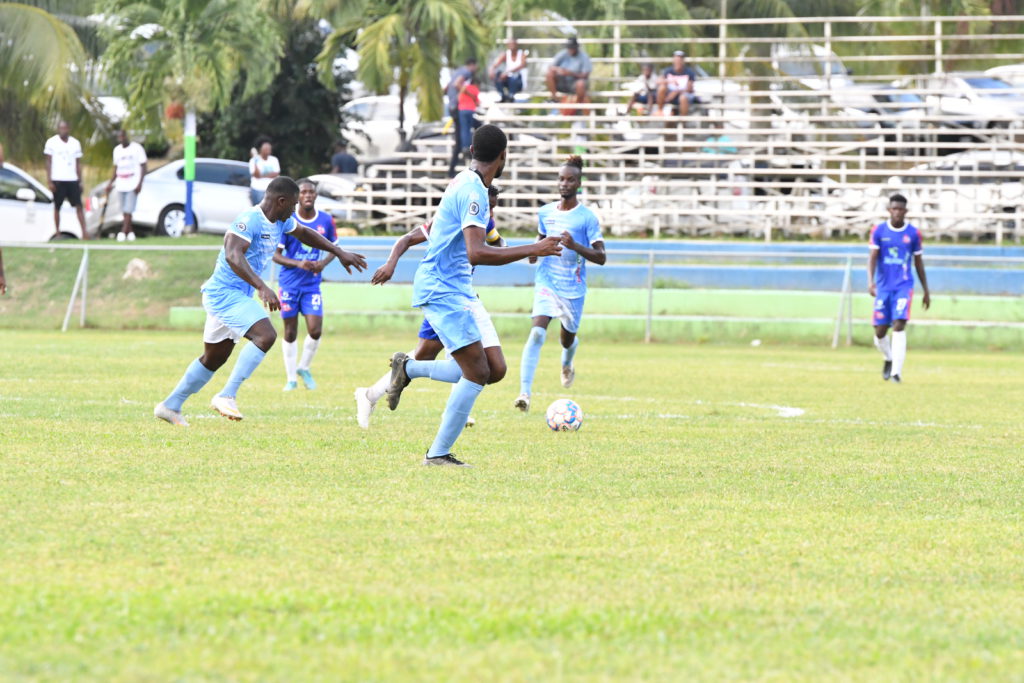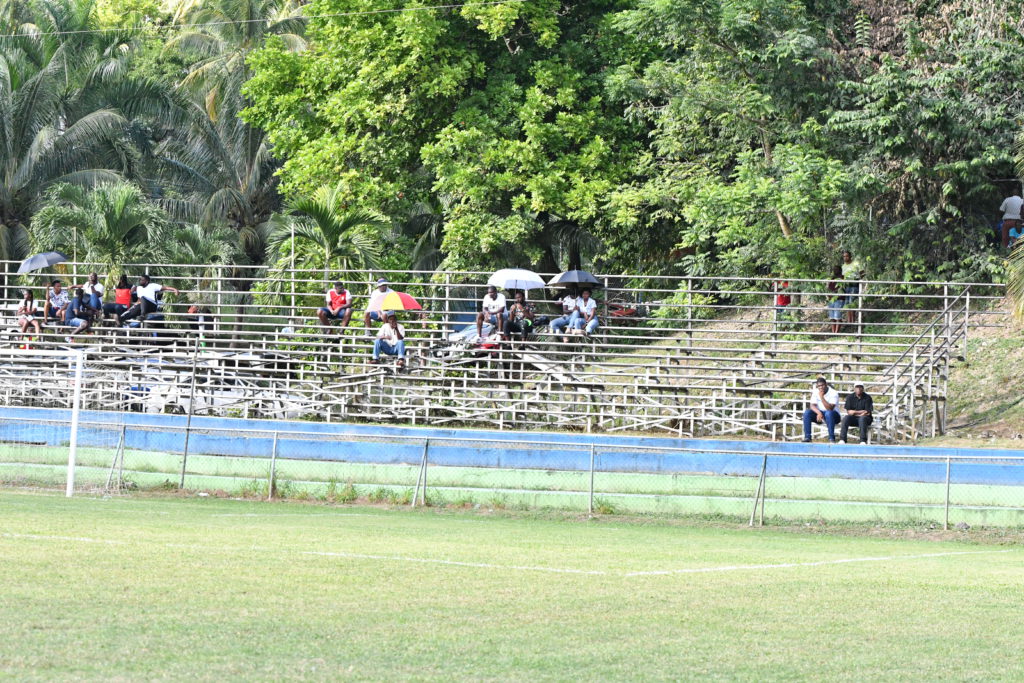After months of football and thousands of minutes of gametime, with hundreds of players involved and only a couple of weeks remaining in the season; The Jamaica Premier League has shifted its base of operations to one of the few locations available that can provide a quality pitch in addition to a good atmosphere. At the time of writing this piece, the most recent JPL game was played at Sabina Park in Kingston where the Quarterfinals were played. Yet prior to that stage, the vast majority of games for Jamaica’s highest level of football had been marooned at the Anthony (Tony) Spalding Sports complex in Arnett Gardens. The simple question everyone asks is, “why?” But I’d follow that up with another compound query; “Is there no other option, and if that is the case, why not?”

A trend that traces back to the immediate aftermath of the Covid pandemic – more specifically the lockdown – most JPL games have been played at very few venues. At first, games took place largely at the Horace Burrell Centre of Excellence at the University of the West Indies before that complement was expanded upon this season. We’ve seen games at Tony Spalding, Drax Hall Sports Complex, Wembley Centre of Excellence, Montego Bay Sports Complex – in addition to Sabina Park and the Horace Burrell Centre – among others. In a 14-team league with teams from in and around Kingston and out of town areas like Clarendon, St. Ann, St. Catherine and St. James it’s not gone unnoticed that the vast majority of venues are in the same general areas of Kingston. The rationale for that is wrapped up into some of the reasons for the other points of contention with JPL venues.

The centralized domestication of JPL football this, and the most recent seasons, have primarily been due to the need for control. Professional Football Jamaica Limited (PFJL) – the organization with responsibility of the JPL (and the Lynk Cup) – has had the task of navigating football during a pandemic and has since been more invested in the revitalization of the league’s product. Centralized locations have been chosen at first with the idea of regulating crowds per Covid rules. These locations were considered against the financial constraints that affect Jamaican football. As such the principle of economies of scale became a measuring stick; the cost of renting a venue versus the return on investment (which itself is determined by multiple factors) coupled with the desire for efficiency meant that only a few grounds meet the criteria. It is further whittled down when both logistics and quality of the pitch is brought into play. Take Juici Field in Clarendon for example, even if it were to be considered given the quality of the playing surface; it’d prove challenging to up sticks and travel out to very nearly Manchester every weekend for games. Considering half the league is already in Kingston, logistically, it makes more sense going to the above mentioned venues.

While there’s plenty of justifiable reasons for the limited destinations, there are still some significant concerns on the other side. For one thing, there is the obvious issue of overuse. Scores of games are played in a short space of time on fields that were never first rate to begin with. Though the grounds themselves are considerably better than some others in the country they still leave a lot to be desired. So playing as many games as the JPL does on those pitches puts them at greater risk of irreparable damage. Compounding the sustainability of the pitches themselves, there’s the actual infrastructure surrounding them. The seating capabilities of the grounds are not necessarily the problem. It’s not as though the JPL brings in an international crowd of 30,000 every weekend, so numeration is fine for the most part. But some need modernizing, most have limited hospitality, and almost none is technologically savvy enough for a digital world. There are some logistical issues as well as far as hosting the spectators that turn up for these games. Traffic flow, parking, suitably accommodating spaces in case of emergency and security are areas often overlooked – except the latter which is usually top of mind for Jamaicans.
In truth then, while there are more than a few solid reasons for the limited venues used, the limitations of said venues are greater in magnitude than number. That said, none of those were problems caused by the PFJL, they were simply obstacles for them to overcome. So really, as ever when talking about Jamaican football, the JPL and their organizers are doing the best they can with a bad lot.

